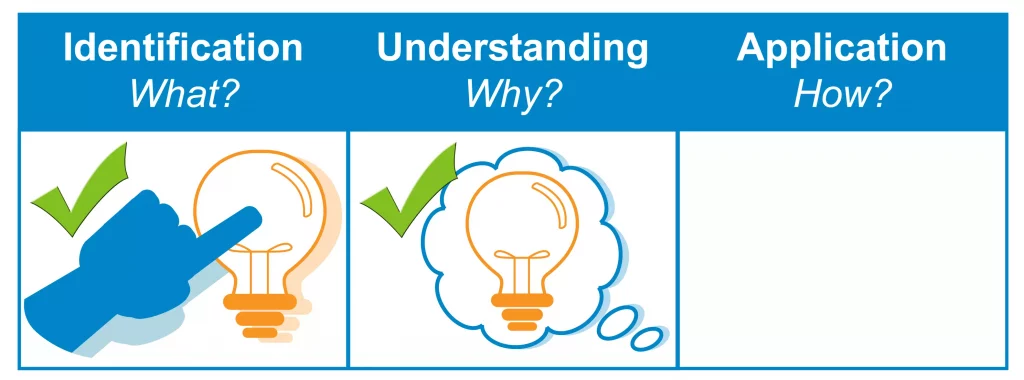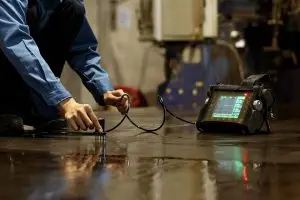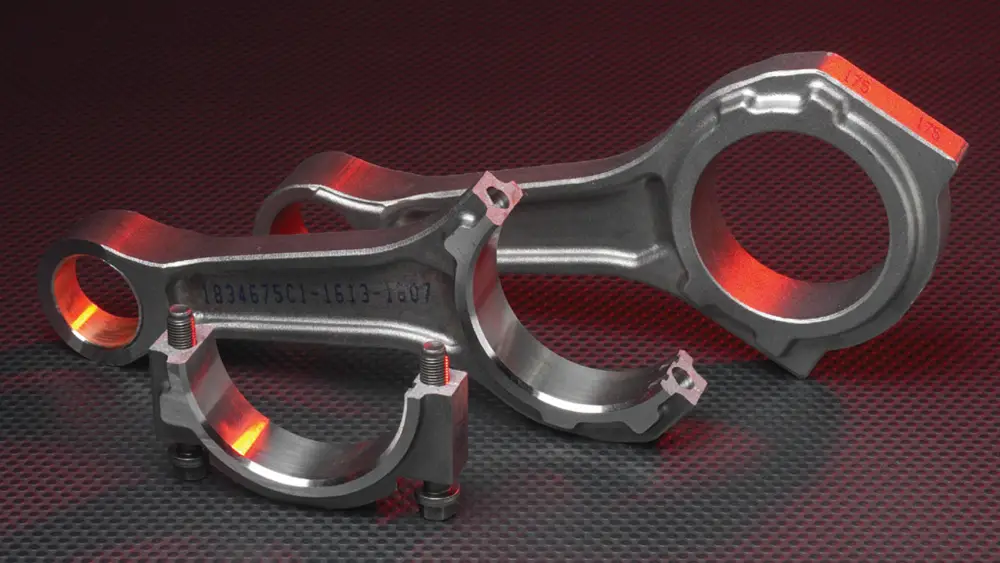Course Description
Powder metallurgy is an ancient technology that has made a resounding comeback and has enhanced modern engineering capabilities. The THORS course Powder Metallurgy Basics presents a comprehensive view of powder metallurgy technology. This introductory course, replete with audio, video, and interactive learning experiences, enables learners to discover powder processing and part processing methods. In addition, this course offers insights into the characterization of metal powders and its impact on the behavior of the bulk material.
Who will benefit from this Powder Metallurgy course?
Sales, Marketing, Business Development, Technicians, and Quality
Course Classification

*THORS uses the Bloom’s Taxonomy Methodology for our course development.
Certificate Awarded for Powder Metallurgy Basics

*upon successful completion
Related Posts

The Ever-Expanding Steel Tubing Market: A Peek into the Future
How have steel tubes performed in the past? The oil and gas industry is the major consumer of steel tubes, accounting for half of the

AI in Ceramics: Crafting Tomorrow with Automated Design
In the ever-evolving landscape of technology, Artificial Intelligence (AI) is proving to be a transformative force even in industries we might not immediately associate with

Non-destructive testing: Creating a safer world
You will be surprised to know how much of our daily safety depends on non-destructive testing (NDT). In 2014, at least 126,698,000 lug nuts were





